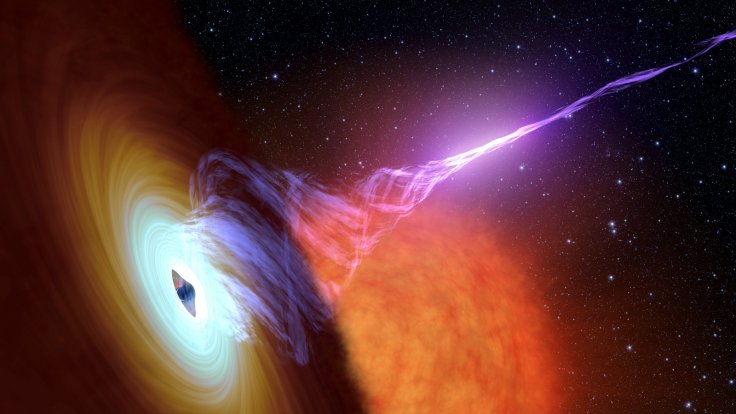In a new study, a team of researchers explained how they were able to detect the possible presence of a second black hole at the centre of the Milky Way galaxy. As per their findings, the secondary black hole might have a mass that's 100,000 times that of the Sun.
When it comes to studying black holes, scientists oftentimes observe the stars around them. Due to the powerful gravitational pull of black holes, they can sometimes affect the orbit of nearby stars.

Studying A Star Near Sagittarius A*
This is what researchers were able to observe while studying a star known as S0-2, which orbits Milky Way's supermassive black hole Sagittarius A* every 16 years. Astrophysicist Smadar Naoz of the University of California, who is the lead author of the study, explained through an article on The Conversation that he and his colleagues noticed slight deviations in S0-2's orbit. This suggests that it is being affected by another massive object with a powerful gravitational pull.
This lead researchers to believe that there could be another black hole sitting at the centre of Milky Way. "Focusing on the star S0-2, we show that requiring its orbital stability in the presence of a companion to [Sagittarius A*] yields stringent constraints on the possible configurations of such a companion," the researchers wrote in their study.
Milky Way's Second Black Hole

Based on the researchers' observations, they were able to estimate the rough size of the possible secondary black hole through the deviations in S0-2's orbit. As per their findings, the black hole is most likely not as big as Sagittarius A*, which is four million times more massive than the Sun. They estimated that the secondary black hole may have a mass that's 100,000 times greater than that of the giant star.
Even if the researchers' findings are true, having two black holes at the centre of Milky Way will most likely not affect Earth. Aside from the great distance between Earth and the galactic centre, the secondary black hole is much smaller than Sagittarius A*. This means that it has a significantly weaker gravitational pull than the supermassive black hole.









